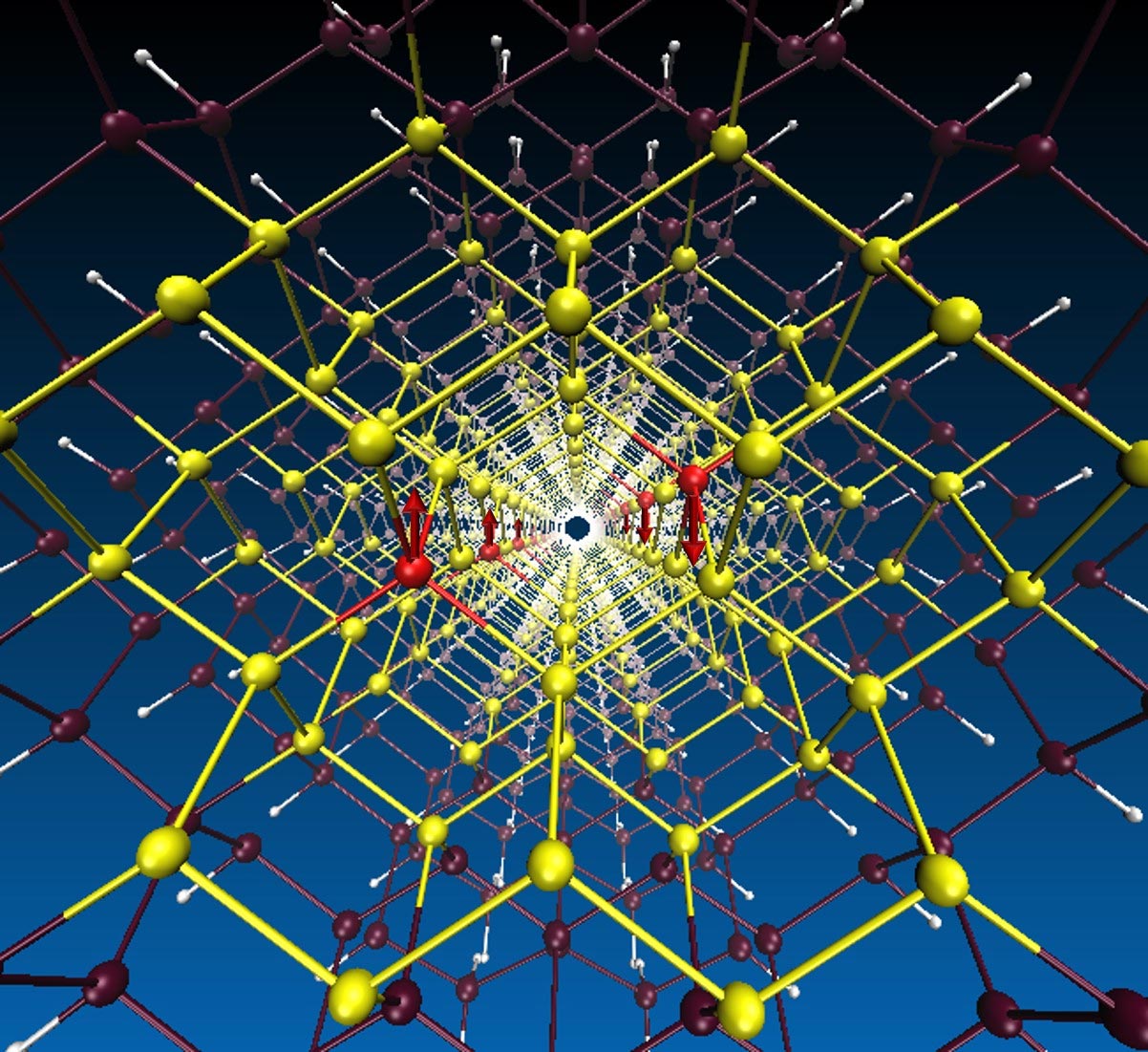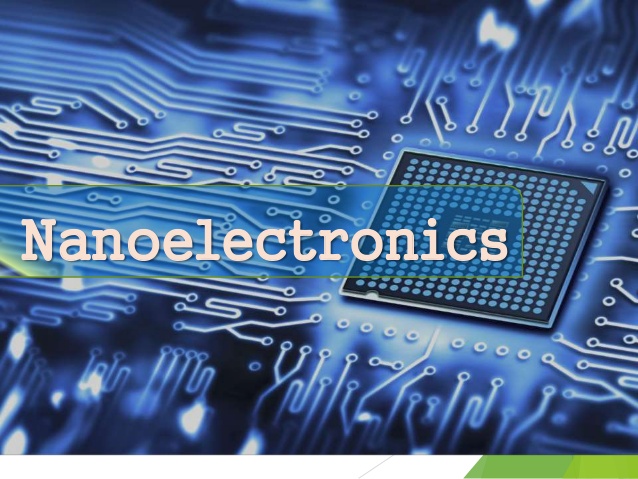Carbon nanotubes (CNTs) can be metal or semiconductor in their electrical behavior (PhD in Nano-Microelectronics)
Researcher and author: Dr. ( Afshin Rashid)
Note: Carbon nanotubes (CNTs) are large cylindrical molecules consisting of a hexagonal arrangement of hybrid carbon atoms that may form by forming a single sheet of graphene (single-walled carbon nanotubes, SWCNTs) or by assembling several sheets of graphene (multiple). ) To be formed.
In the case of electronic failure , different molecules on the surface of CNTs nanotubes have similar conditions in terms of the length and hardness of SWCNTs. There are many properties and applications of carbon nanotubes that take full advantage of the aspect ratio of CNTs, mechanical strength, electrical and thermal conductivity. The practical electronic failure that exists in guiding CNTs. CNTs can be highly conductive with a special combination of N and M (structural parameters indicate how twisted the nanotube is) and can therefore be said to be metallic. Their conductivity has been shown to be a function of their chirality (degree of torsion) as well as their diameter. CNTs can be metallic or semiconductor in their electrical behavior.
Some types of CNTs made in the "chair" diagonal position work better than other metal CNTs. In addition, intramural reactions are found in MWNTs that distribute the flow over individual tubes evenly. However, there is no change in flow in the various parts of single-walled metal CNTs. However, the electronic failure behavior in semiconductor SWNTs is different, in that the transport current changes abruptly at different positions on the CNTs. The conductivity, resistance and electronic failure of SWNT are measured by placing electrodes in different parts of the CNTs.
Conclusion :
Electronic failure ( Electronic failure) in between the molecules of carbon nanotubes with a natural connection (where a metal part directly to a chiral Joins Semiconductor) as a rectifier diode behaves.
Researcher and author: Dr. ( Afshin Rashid)
PhD in Nano-Microelectronics




